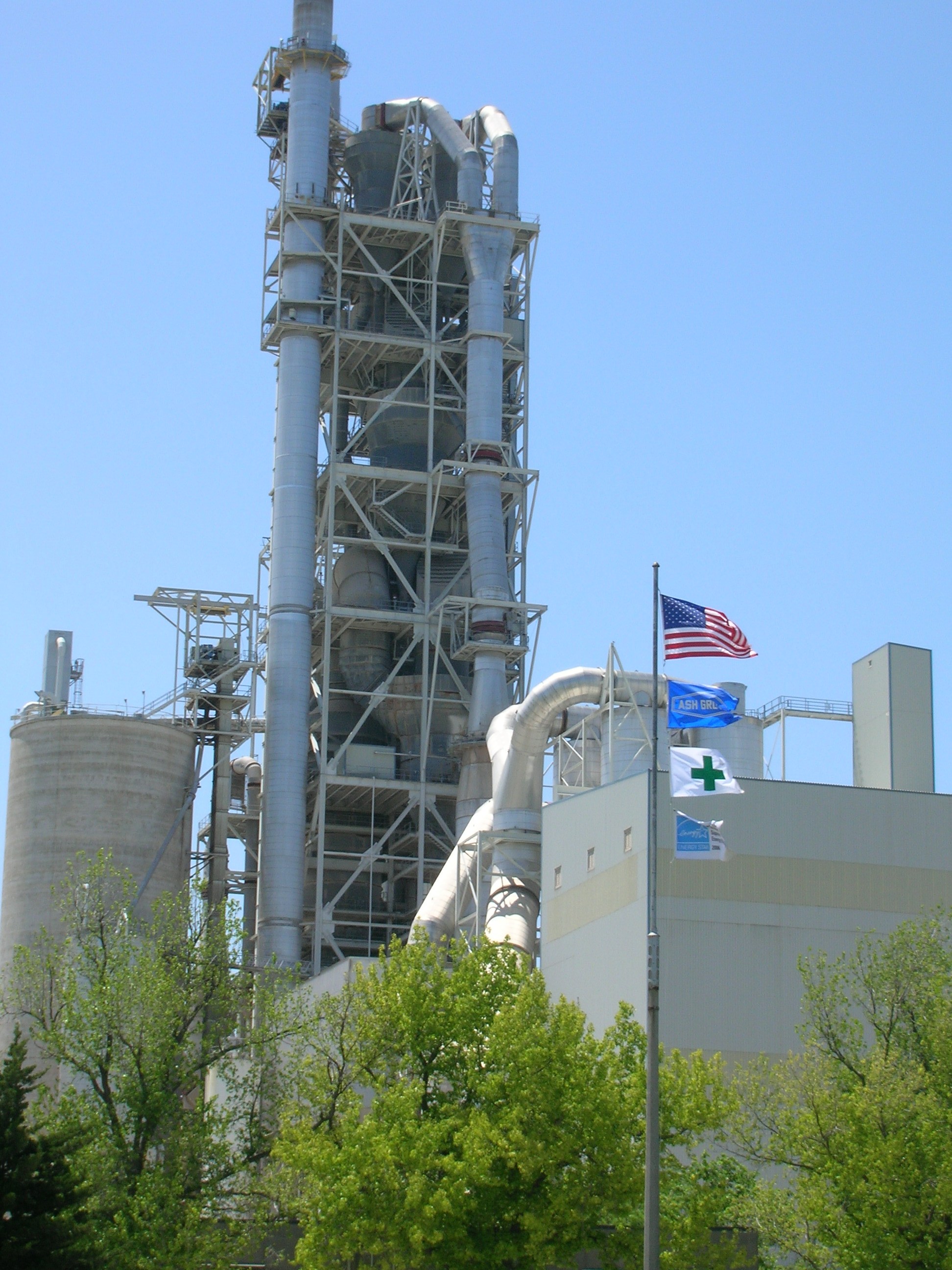Posted by Johann Nacario — April 22, 2024 — On March 14, 2024, the U.S. Environmental Protection Agency (EPA) recognized 103 U.S. manufacturing plants that earned the agency’s ENERGY STAR certification in 2023, a designation reserved for manufacturing plants in the top 25% of energy efficiency in  their sector. Together, these plants prevented more than 8 million metric tons of carbon dioxide emissions, equivalent to the emissions from the electricity use of more than 1.5 million American homes, and showed that cutting the embodied carbon of industrial products through energy efficiency doesn’t only make environmental sense, it makes economic sense.
their sector. Together, these plants prevented more than 8 million metric tons of carbon dioxide emissions, equivalent to the emissions from the electricity use of more than 1.5 million American homes, and showed that cutting the embodied carbon of industrial products through energy efficiency doesn’t only make environmental sense, it makes economic sense.
The industrial sector accounts for 30% of U.S. greenhouse emissions, primarily from energy use in manufacturing plants. ENERGY STAR certified plants have reduced their energy use through a variety of energy efficiency projects and management practices. For example:
- Ardagh’s Houston, TX, container glass facility operated a highly efficient furnace, used recycled glass, and installed energy-efficient lighting fixtures, among other initiatives.
- Bimbo Bakeries USA installed advanced controls and high-efficiency burners in ovens, oxidizers, and boilers and expanded investments in metering systems, enabling real-time monitoring and control of energy usage.
- Ash Grove’s Seattle, WA, cement plant saved energy by increasing the amount of limestone in its Portland Limestone cement, thereby reducing energy needed for clinker production, and improving equipment automation.
- GCC’s Rapid City, SD, cement plant upgraded its preheater and improved kiln combustion efficiency. This plant and GCC’s Pueblo, Colo., cement plant integrated alternative fuels, lowering carbon dioxide emissions while maintaining high levels of energy efficiency.
- J.R. Simplot Company’s Helm, CA, nitrogenous fertilizer plant commissioned an on-site, one-megawatt solar photovoltaic project, reducing source energy consumption and avoiding greenhouse gas emissions.
- Koch Fertilizer’s Beatrice, NE, fertilizer plant reduced steam use and the number of continuously running pumps, while the Enid, Okla., plant improved steam utilization and implemented advanced process controls.
- Marathon Petroleum Corporation’s Anacortes, WA, refinery reduced steam trap failures by more than 20% by equipping operators with handheld trap-testing devices to instantly identify leaks. The St. Paul Park, Minn., refinery completed a three-year effort to reinforce insulation across the entire site, cutting carbon dioxide-equivalent emissions by close to 16,000 metric tons per year.
- Nissan North America replaced more than 20,000 light fixtures with LEDs across all U.S. manufacturing sites and conducted a combination of energy treasure hunts and third-party assessments targeting energy efficiency.
Manufacturing plants use the EPA’s ENERGY STAR energy performance indicators or, in the case of petroleum refineries, the Solomon Associates Energy Intensity Index scoring system, to assess their energy performance. Plants that score at least 75 out of 100 — indicating that they are more energy efficient than 75% of similar facilities nationwide — are eligible to earn ENERGY STAR certification. ENERGY STAR certification is available for 21 manufacturing sectors, from cement and steel to glass and commercial bakeries. More than 270 plants have achieved ENERGY STAR certification since 2006.
See all ENERGY STAR certified manufacturing plants in 2023 here.




